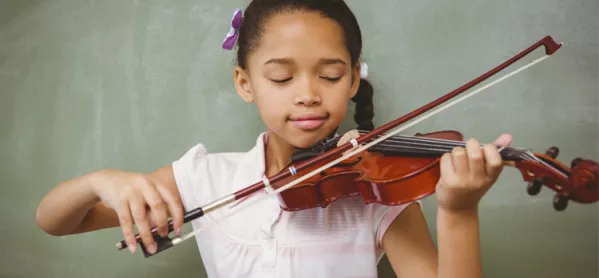In many subjects, we assess the final performance of pupils through an extended piece of writing, which can be complex and challenging. How do pupils achieve mastery at complex tasks like this, and how can we assess their progress towards mastery?
Practice is one very important part of the mix. We know that practice makes perfect, so one possible approach is to get pupils to practise writing essays or other forms of extended writing and monitor their improvement over time.
The research shows that practice does indeed help pupils to improve - but it also shows that the type of practice really matters, too. K. Anders Ericsson is one of the world’s leading researchers in this area, and his work inspired the famous claim that we need 10,000 hours of practice to achieve mastery. However, what’s less reported is the type of practice he advocates.
Practise with short exercises
He says that we shouldn’t just repeat the same task over and over again, but should instead look to break a complex task down into smaller steps and practise those instead. For example, footballers often practise by doing passing drills, not by playing 11-a-side matches; musicians practise short exercises like scales, not the same piece over and over. To get better at writing essays, therefore, the best approach may not be to write lots of essays, but to attempt to isolate the particular sub-skills that make up essay-writing, and practise those instead.
Essentially, Ericsson is distinguishing between “performance” tasks, which we might compare to summative assessments and “learning” tasks, which we might compare to formative ones. The implication of Ericsson’s research is that formative tasks often look quite different from summative ones. Somewhat counter-intuitively, we can get better at a complex task by practising lots of different, less complex tasks.
There is support for this idea from a different field of academic study: that of goal-setting. In a 2001 paper, two leading researchers in this field set out a similar distinction between performance goals and learning goals.
Learning goals
In the classroom, a performance goal might look like a target grade. For example: your goal is to get a grade 6 on this essay. Meanwhile, a learning goal focuses on the specific tasks that will help you to achieve that goal.
In their study, Gerard Seijts and Gary Latham found that when people knew exactly what they had to do, then a performance goal did work as a good motivator. But when people did not know what to do to achieve a task, performance goals were demotivating and led to confusion. In education, students often don’t know what it takes to achieve the performance goal, so the learning goals become much more important. They need to focus on the steps on the path to the bigger goal, not the goal itself.
The task for teachers and designers of textbooks and curricula is to work out exactly what those steps are: what are the most useful learning goals on the path to the performance goal? And often, the learning goals will be surprisingly simple: not as complex as we might assume, but not as obvious either.
Daisy Christodoulou is director of education at No More Marking and the author of Making Good Progress? and Seven Myths About Education. She tweets @daisychristo
Want to keep up with the latest education news and opinion? Follow Tes on Twitter and like Tes on Facebook




